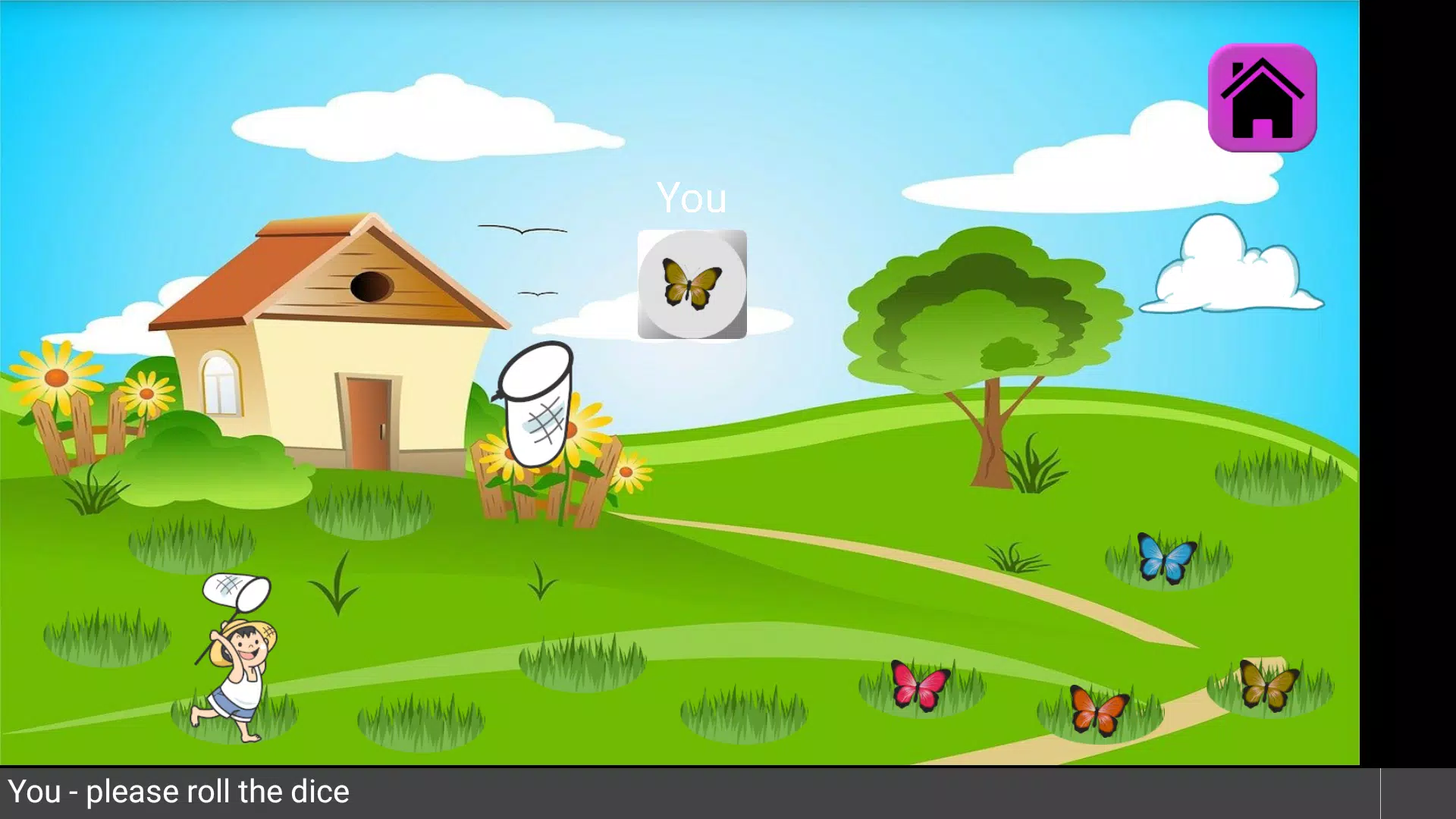In the context of the game "Butterflies," where players roll dice to catch butterflies, the concept of speed refers to the gameplay mechanics rather than literal speed. Here's how it works:
In the game "Butterflies," a delightful dice game designed for kids and playable with 1 to 6 players, the question of who is faster—the butterflies or the catcher—refers to the mechanics of the game rather than literal speed. In this engaging game, players roll dice to catch the elusive butterflies. The simplicity of the game makes it perfect for young players, offering a fun and interactive way to learn and play.
This particular version of "Butterflies" comes with a few limitations when compared to the full version. Players will encounter advertising after every game, which might interrupt the flow but is a common aspect of many free-to-play games. Additionally, only the standard representation of the game is available, meaning players won't have access to any additional features or variations that might be found in the full version.
So, in terms of gameplay, the "catcher" (the player) is trying to be faster by rolling the dice effectively to catch as many butterflies as possible within the game's rules. The butterflies, on the other hand, represent the challenge and the randomness of the dice rolls, which players must overcome to win. Thus, the speed in "Butterflies" is about strategic dice rolling and quick decision-making rather than actual physical speed.


 Download
Download


























